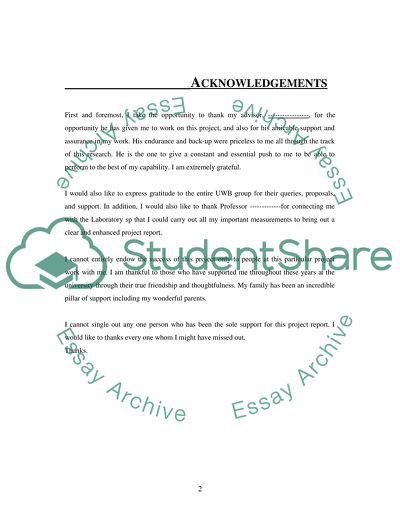Cite this document
(“Ultra-wideband Communication Systems Assignment”, n.d.)
Retrieved from https://studentshare.org/technology/1534557-ultra-wideband-communication-systems
Retrieved from https://studentshare.org/technology/1534557-ultra-wideband-communication-systems
(Ultra-Wideband Communication Systems Assignment)
https://studentshare.org/technology/1534557-ultra-wideband-communication-systems.
https://studentshare.org/technology/1534557-ultra-wideband-communication-systems.
“Ultra-Wideband Communication Systems Assignment”, n.d. https://studentshare.org/technology/1534557-ultra-wideband-communication-systems.


